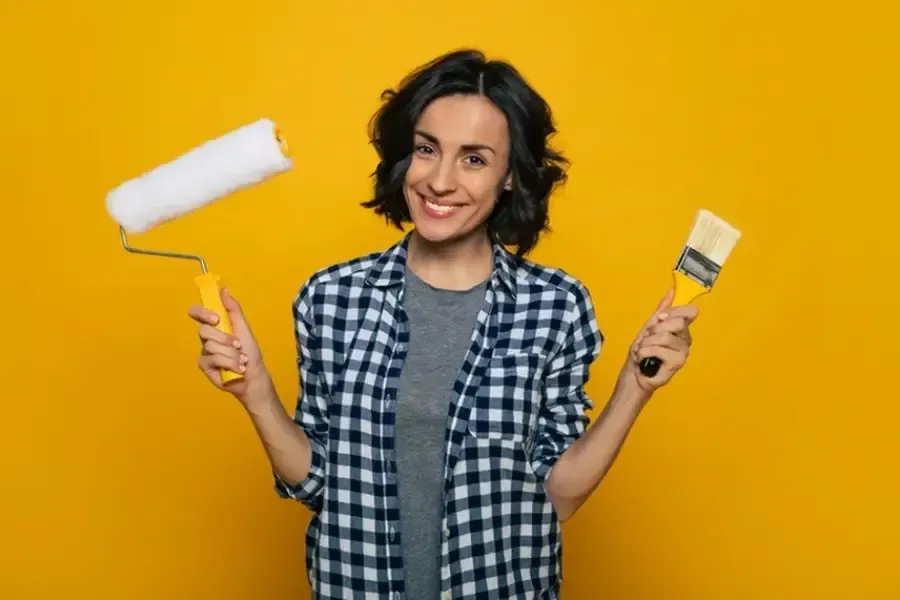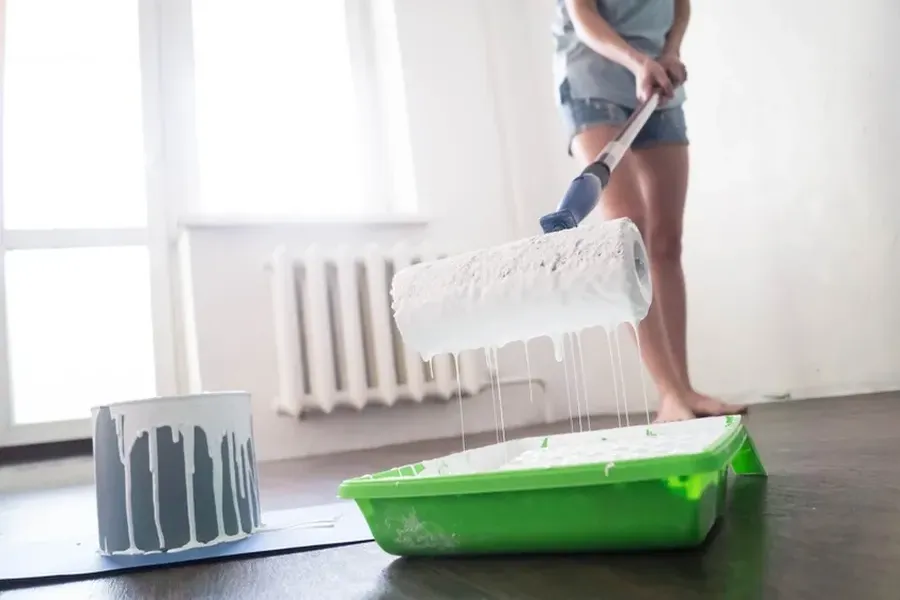How Texture Enhances Wall Design
Textured walls have become a staple in modern design, adding depth and character to any room. The use of texture in painting goes beyond simple aesthetics. It serves as a tool for creating visual interest and can transform a flat wall into a statement piece. In today’s interior design landscape, understanding how to incorporate texture effectively is crucial for achieving the desired look and feel.

Visual Depth and Complexity
Adding texture to your walls can give them an unexpected layer of complexity. This technique brings life to a space by playing with light and shadow, which enhances the overall ambiance. For example, using techniques such as sponging or rag rolling can create subtle shifts in tone that make colors appear more dynamic.
Influence on Color Perception
Texture can affect how we perceive color. A textured surface catches light differently, which can change the hue’s intensity and warmth. This interplay between texture and color provides endless possibilities for customization during the interior painting process. By experimenting with various textures, one can achieve unique outcomes tailored to their personal taste.

Suitability for Different Spaces
Not all textures are suitable for every room. High-traffic areas like hallways or kitchens benefit from durable textures that hide scuffs and marks. Meanwhile, softer textures may be ideal for bedrooms, where they contribute to a peaceful atmosphere. Knowing which texture works best in each space is essential for successful interior painting projects.
Common Texturing Techniques
There are several popular techniques used in modern interior painting to achieve textured effects:
- Sponge Painting: Creates a soft, mottled look using a natural sponge.
- Rag Rolling: Adds a sense of movement with rolled-up rags dipped in paint.
- Brush Techniques: Use different brushes to add subtle lines or patterns.
- Trowel Effects: Generates rustic or aged appearances with plaster applications.
Challenges and Solutions
Applying texture comes with challenges, including uneven application and drying times. Beginners may find it difficult to achieve consistent results. To overcome these hurdles, practice is key. Additionally, using quality materials designed for texturing can help ensure smoother application and better final results.
Cost Implications
The cost of incorporating texture into your design depends on factors such as materials and complexity of the technique chosen. While some options are budget-friendly, others may require specialized tools or professional assistance, increasing the overall expense. However, investing in quality products often leads to longer-lasting finishes and greater satisfaction.
Professional Recommendations
If you’re looking to add texture to your walls but unsure where to start, consulting with a professional painter can be beneficial. Experts can recommend the best textures based on your space and preferences while ensuring high-quality results. Considering professional advice can save both time and effort.
Your Pathway to Stylish Walls
Add dimension and personality to your home with strategic texturing techniques. Located in Port Orchard, WA, I offer guidance to elevate your living spaces. Ready to transform your interiors? Contact me at (360) 463-2184 today. Allow CG Painting and Remodeling LLC to assist you in crafting environments full of character.
